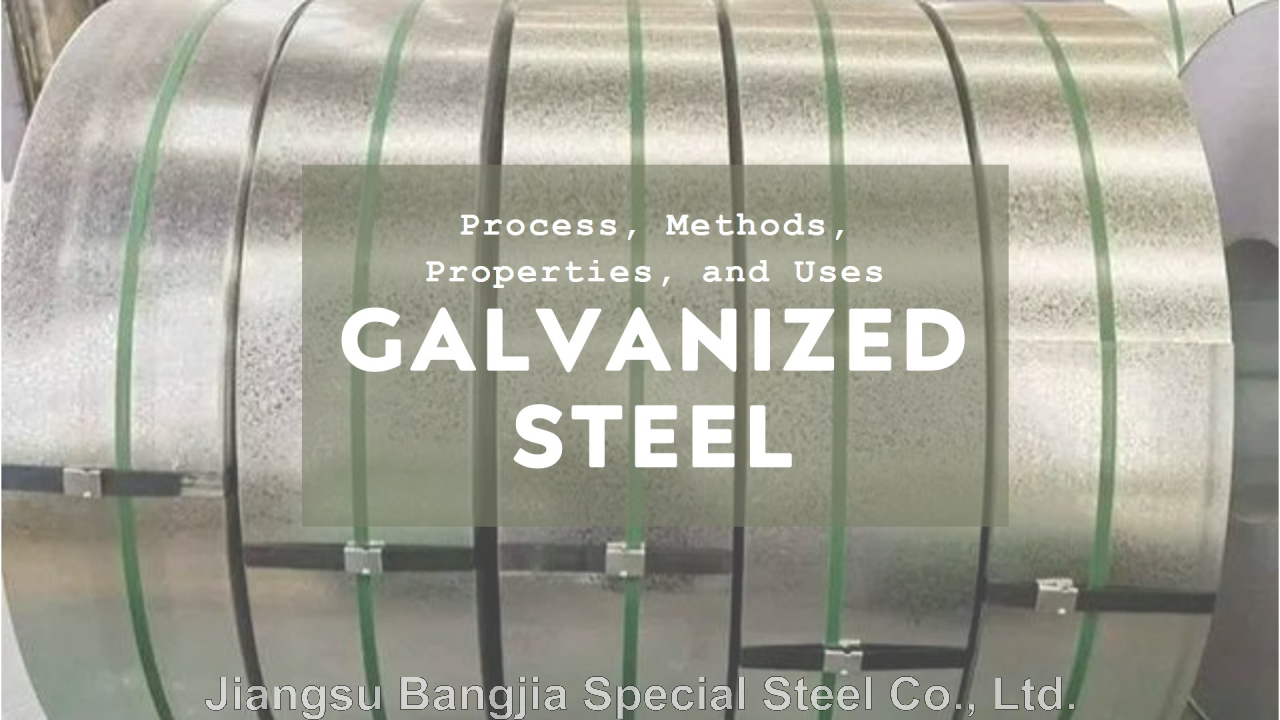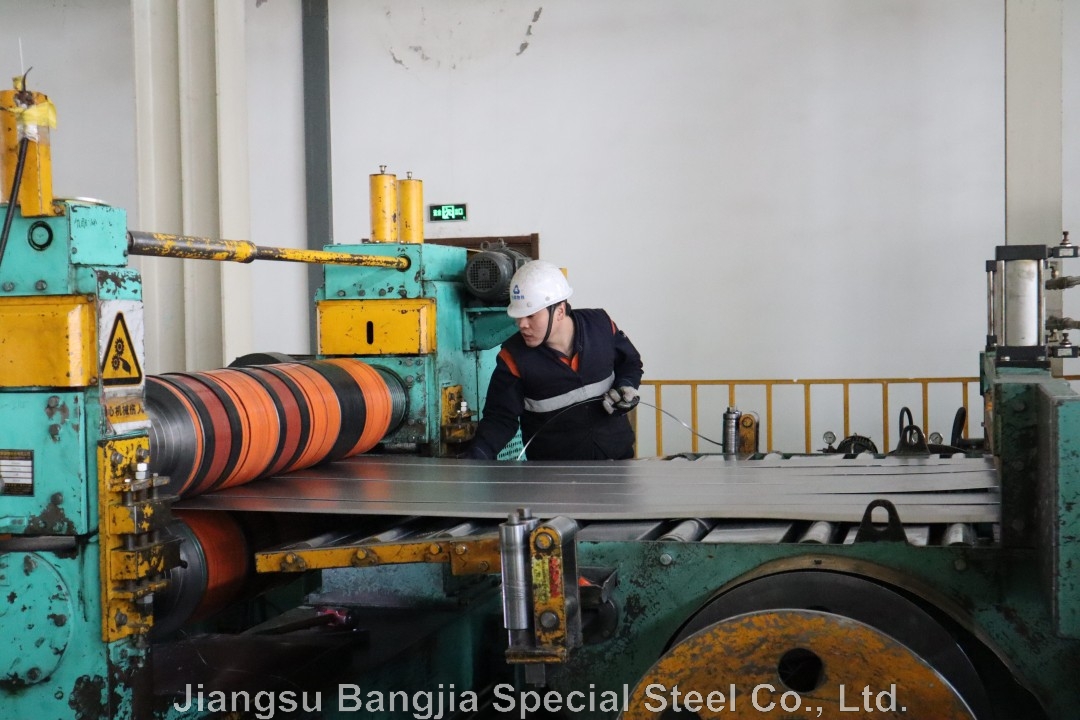NEWS


The maximum carbon content of 316 stainless steel pipe is 0.03, which can be used in applications where annealing cannot be performed after welding and where maximum corrosion resistance is required. 316 and 317 stainless steel (see below for the performance of 317 stainless steel) are molybdenum-containing stainless steels. The overall performance of this steel is better than that of 310 and 304 stainless steel.
Under high temperature conditions, when the concentration of sulfuric acid is lower than 15% and higher than 85%, 316 stainless steel has a wide range of uses. 316 stainless steel also has good resistance to chloride attack, so it is usually used in marine environments.
Corrosion resistance of 316 stainless steel plate, also known as 00Cr17Ni14Mo2: The corrosion resistance is better than that of 304 stainless steel, and it has good corrosion resistance in the pulp and paper production process.
Moreover, 316 stainless steel is also resistant to corrosion from the ocean and corrosive industrial atmosphere. Heat resistance: 316 stainless steel has good oxidation resistance in intermittent use below 1600 degrees and continuous use below 1700 degrees.
Within the range of 800-1575 degrees, it is best not to use 316 stainless steel continuously, but when 316 stainless steel is used continuously outside this temperature range, the stainless steel has good heat resistance.
The resistance to carbide precipitation of 316 stainless steel is better than that of 316 stainless steel, and it can be used in the above temperature range. Identification of true and false At present, the corrosion resistance of materials is divided into three categories internationally based on the annual corrosion rate.
The first category is completely corrosion-resistant, with a corrosion rate of less than 0.1mm/year.
High-quality stainless steel belongs to this type of material; The second category is corrosion-resistant, with a corrosion rate of 0.1-1.0mm/year, and belongs to general stainless steel; the third category is not corrosion-resistant, with a corrosion rate greater than 1.0mm/year. Analysis of the counterfeit stainless steel products discovered this time shows that the corrosion rate is as high as 9.67mm/year, which is seriously not corrosion-resistant. When further analyzing the composition of the product, it was found that the chromium content in the product, which represents important indicators of stainless steel, is only 10.03% and 7.1%, which are far lower than the minimum demand for chromium of stainless steel of 10.5%.
Generally speaking, iron-based alloys with a chromium content greater than 10.5% are called stainless steel. However, the chromium content of these two products is far below this lower limit, and the product is not stainless steel at all. The reason why this product appears on the market is mainly because the producers are greedy and take advantage of the common people's lack of understanding of stainless steel to make fake products.
It is generally believed that stainless steel is non-magnetic. Counterfeiters have used a large number of methods to replace nickel with manganese and changed the product composition to obtain a material that is neither magnetic nor extremely low-cost, thereby achieving the goal of making high profits.
The appearance of this product is difficult to distinguish from ordinary stainless steel in the market. At the same time, because it is non-magnetic and unscrupulous dealers use adulteration and mixed sales, it makes it very difficult for consumers to distinguish the authenticity.
Will cause unforeseen consequences. In addition, a small amount of nickel is used in this material, but it cannot play the role that nickel should have. It is a waste of precious metals and causes a certain waste of resources.
Lina
Tel:+86 13382250456
#stainlesssteel316 #ss316 #SS316pipe #SS316tube #Steel316 #stainlesssteel316grade
Chat Online
By clicking 'Allow All', you agree to the storage of cookies on your device to enhance site navigation, analyze site usage and assist with our marketing efforts. Coo Cookie Notice






